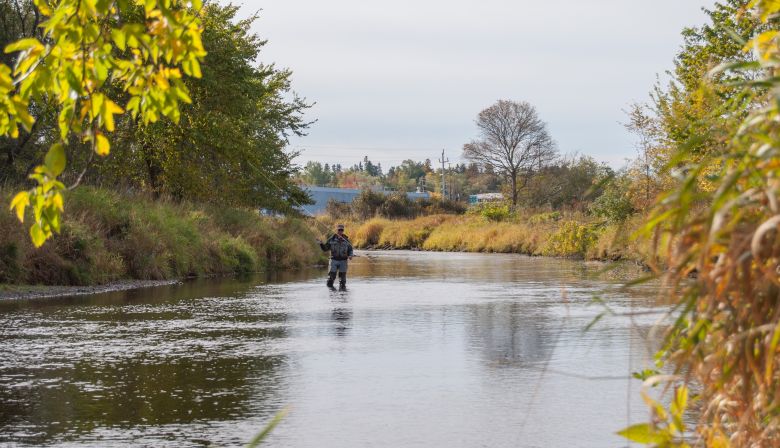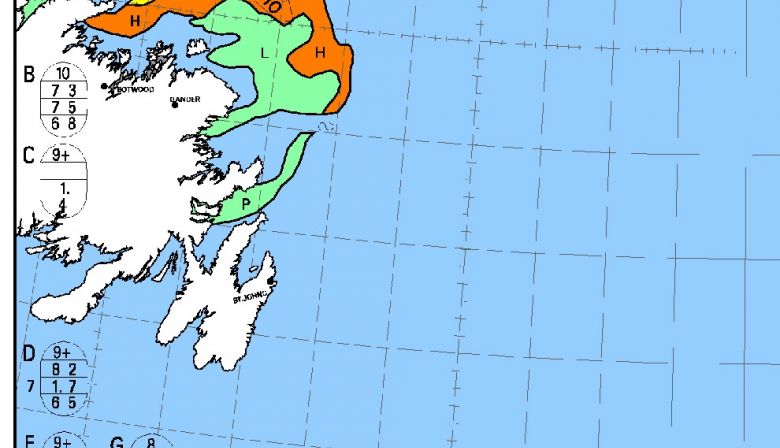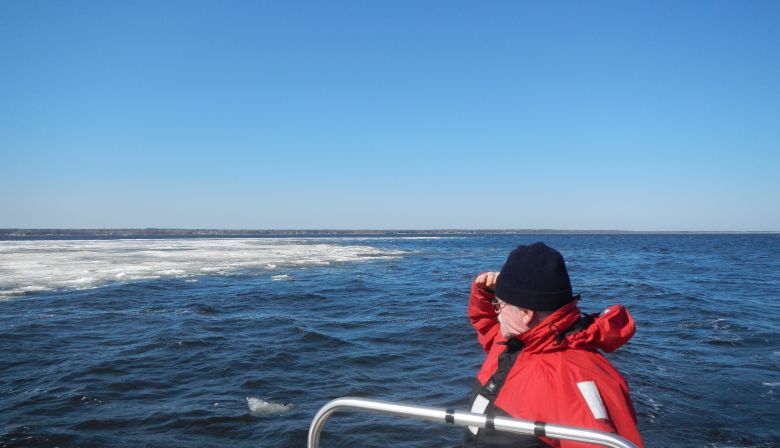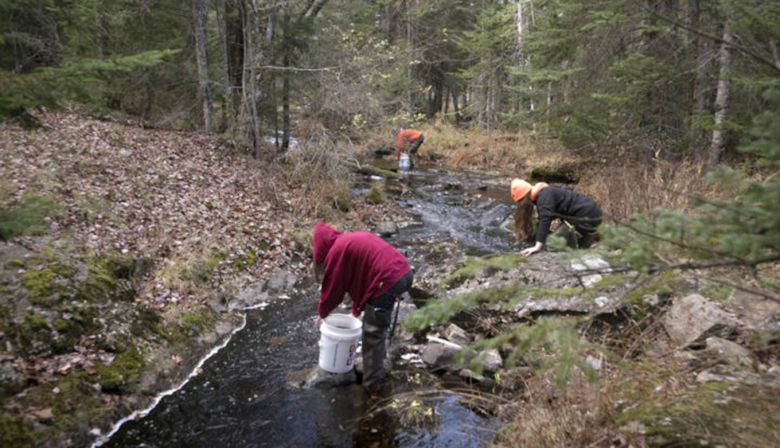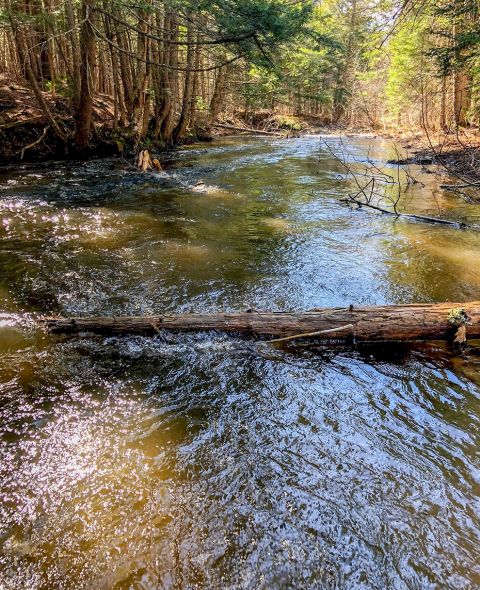The window for Atlantic salmon research, restoration, and angling is opening in the south and moving north. Timing is critical to catch and tag smolt, plant eggs in the gravel, or fish for kelts.
Provinces and states are taking different approaches to angling, from Nova Scotia where the message to “stay the blazes home” has delayed the start of the season, to Maine, where Governor Janet Mills opened up waters early and waived the need for a license saying, “As an avid angler, I know there’s nothing better for the heart and soul than a little fishing.”
Meanwhile, ASF, DFO, and everyone working on wild Atlantic salmon research and restoration are wrestling with field work protocols in the face of COVID-19. Tough decisions are being made every day and uncertainty is high.
NOVA SCOTIA & P.E.I
Kris Hunter, ASF Regional Program Director for N.S. and P.E.I. reports:
“The Nova Scotia government has clarified its decision to delay the start of the provincial angling season to at least May 1st. It is part of Premier Stephen McNeil’s direction to ‘stay the blazes home’ during the current state of emergency. Citizens have been ordered to curtail public interaction as much as possible, including all non-essential travel outside of the home. In Nova Scotia this extends to angling.
“DFO, in an official communication, says that they have made the necessary regulatory changes to delay the opening of the 2020 angling season as requested by the Province of Nova Scotia in support of the state of emergency.
“Like last week, the P.E.I. government has yet to release its position on the angling season and whether it will open as usual on April 15th. Officials there are studying what’s happening elsewhere and consulting with public health authorities.
“I’ve had a chance to speak with anglers in both provinces about how they are taking the news and dealing with the uncertainty of the 2020 angling season. There’s a wide range of thought out there, from silver linings to worries about suffering business. More on that in the coming days.”
“Around my home in Antigonish there are several salmon rivers within walking distance. I’ve been watching conditions and this week, rain and warm temperatures started the snow melt. The rivers are starting to swell and we are seeing the beginnings of the spring floods. I’m not yet seeing trout congregating in the pools, which is typical for this time of year around Antigonish.”

